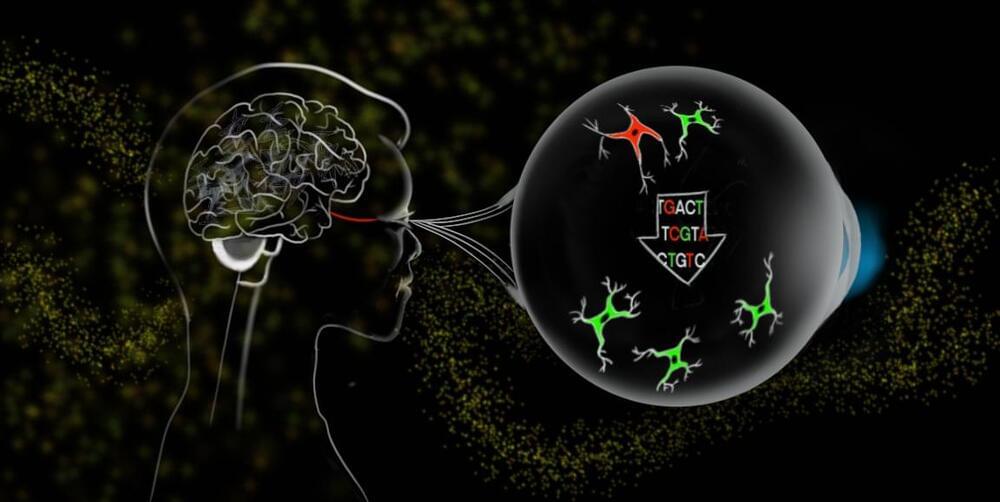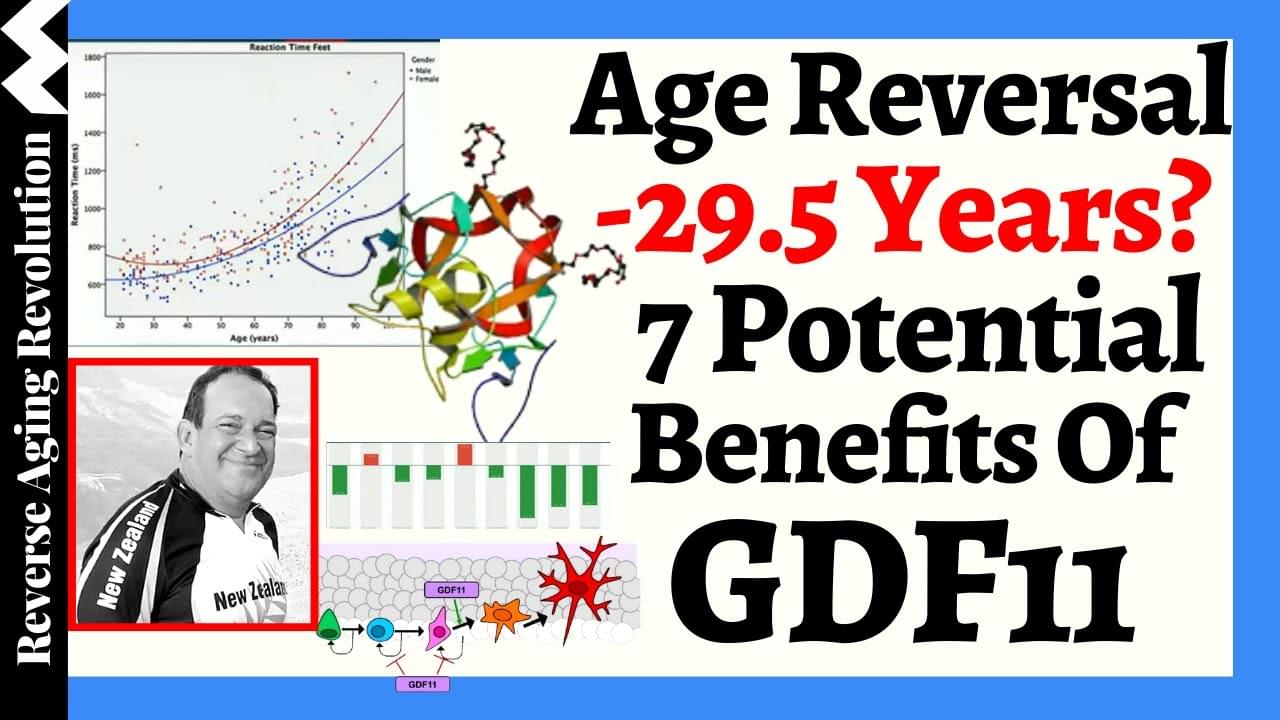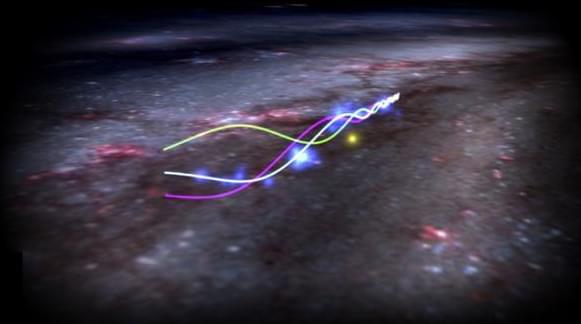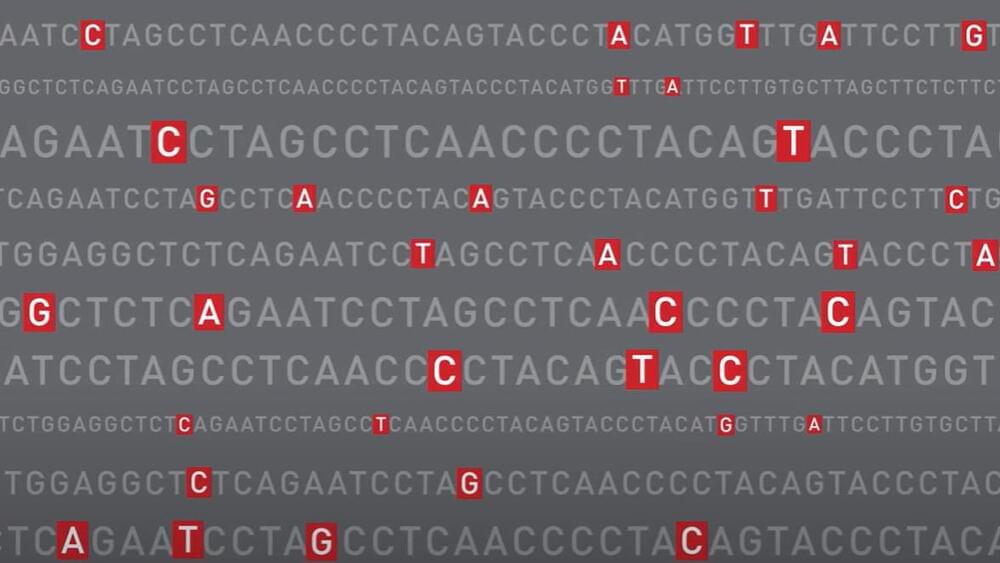New CDC data updated Friday shows 25 states are experiencing ‘high’ or ‘very high’ levels of respiratory illness activity.
Along with climbing homelessness and other societal woes globally this is the time for transhuman ideals to emerge to save lives. We could automate all work and get universal basic income with AI to work for us.
About 61% of Americans are living paycheck to paycheck, an issue that impacts both low-wage and high-income families alike, according to new research from LendingClub.
Low-wage earners are most likely to live paycheck to paycheck, with almost 8 in 10 consumers earning less than $50,000 a year unable to cover their future bills until their next paycheck arrives. Yet even 4 in 10 high-income Americans, or those earning more than $100,000, say they’re in the same position, the research found.
Such a situation is viewed as financially risky because it means those households don’t have enough savings to tide them over in case of an emergency, indicating that they are unable to cover their upcoming bills until their next payday. The rate of Americans who are living paycheck to paycheck is on the rise, up 2 percentage points from a year earlier, the analysis found.
1.6 billion people globally are homeless.
Homelessness has been a growing issue in the United States for decades — it affects millions of people each year. Despite efforts to address the problem, the number of individuals experiencing homelessness continues to rise, with the COVID-19 pandemic and an ongoing lack of affordable housing exacerbating an already difficult situation.
Tufts University School of Medicine researchers developed imaging technology that records neuronal activity throughout the brain during the first weeks of recovery. They discovered that a head injury serious enough to affect brain function, such as that caused by a car accident or sudden fall, leads to changes in the brain beyond the site of impact. In an animal model of traumatic brain injury, the researchers found that both hemispheres work together to forge new neural pathways in an attempt to replicate those that were lost.
Their findings are published in Cerebral Cortex in an article titled, “Traumatic brain injury disrupts state-dependent functional cortical connectivity in a mouse model.”
“Traumatic brain injury (TBI) is the leading cause of death in young people and can cause cognitive and motor dysfunction and disruptions in functional connectivity between brain regions,” wrote the researchers. “In human TBI patients and rodent models of TBI, functional connectivity is decreased after injury. Recovery of connectivity after TBI is associated with improved cognition and memory, suggesting an important link between connectivity and functional outcome. We examined widespread alterations in functional connectivity following TBI using simultaneous widefield mesoscale GCaMP7c calcium imaging and electrocorticography (ECoG) in mice injured using the controlled cortical impact (CCI) model of TBI.”
While supporting actors are often overlooked, without their contribution, a story’s main characters would lose context and resort to isolated monologues.
The same is true for neurons — the top-billing stars of cognition — when firing in the brain. Without cells called glia, which form the bulk of brain matter, neurons would stop communicating with each other, as seen in neurodegeneration. These supporting glial cells play countless critical roles in the nervous system such as maintaining the chemical environment of neurons and modulating their activity.
Although neurons still rightfully garner A-lister attention when it comes to developing brain therapies, Jeffrey Goldberg, MD, PhD, professor and chair of ophthalmology and the Blumenkranz Smead Professor, believes a young, underexplored class of therapies called gliotherapeutics, which target and harness glia, will ultimately provide important new directions for treatment.
Ok, kids.
Steve Perry of GDF11Rejuvenation presents the seven main mechanisms of action of GDF11 and his own age reversal case in this clip.
Stevel Perry Website:
https://gdf11rejuvenation.com/
More on GDF11
https://en.wikipedia.org/wiki/GDF11
https://pubmed.ncbi.nlm.nih.gov/31144…
https://pubmed.ncbi.nlm.nih.gov/31181…
https://pubmed.ncbi.nlm.nih.gov/27509…
https://pubmed.ncbi.nlm.nih.gov/35604…
https://pubmed.ncbi.nlm.nih.gov/30729…
https://pubmed.ncbi.nlm.nih.gov/33886…
Please note that the links below are affiliate links, so we receive a small commission when you purchase a product through the links. Thank you for your support!
“It’s the largest coherent structure that we know of, and it’s really, really close to us,” said study co-author, Dr. Catherine Zucker.
A recent study published in Nature investigates further evidence that a gaseous cloud both looks and behaves like an oscillating ocean wave, giving birth to new stars as it traverses the Milky Way Galaxy, which has since been dubbed the Radcliffe Wave. This study was conducted by an international team of researchers led by the Center for Astrophysics | Harvard & Smithsonian and holds the potential to help astronomers better understand the beautiful and fascinating aspects of our cosmos.
Image obtained from an animation of the Radcliffe Wave with our Sun (yellow dot). (Credit: Ralf Konietzka, Alyssa Goodman, and WorldWide Telescope)
This study builds on a 2020 study used data from the European Space Agency’s Gaia mission to build a 3D dust map demonstrating that the Radcliffe Wave was there, but the data proved inconclusive pertaining to the movement of the dust cloud. The Radcliffe Wave is approximately 500 light-years from Earth and stretches 9,000 light-years across, making it an ideal target for astronomers to examine. For this most recent study, the team used updated Gaia data to build new 3D maps that demonstrated the Radcliffe Wave both looks and moves like a wave.
Finding a cure for cancer is a motivating force for many an aspiring doctor. Few get anywhere close to pursuing that goal. Among them is Dr. Catherine Wu, an oncologist at Boston’s Dana-Farber Cancer Institute, who has had cancer in her sights since second grade, when a teacher asked her and her classmates what they wanted to be when they grew up.
“That’s when there was a lot of coverage on the war on cancer,” she said. “I think I drew a picture of a cloud, probably a rainbow and drew a picture of (me) like, making a cure for cancer or something like that.”
That childhood scribble was prescient. Wu’s research has laid the scientific foundation for the development of cancer vaccines tailored to the genetic makeup of an individual’s tumor. It’s a strategy looking increasingly promising for some hard-to-treat cancers such as melanoma and pancreatic cancer, according to the results of early-stage trials, and may ultimately be widely applicable to many of the 200 or so forms of cancer.
New models predict biological age more robustly by pinpointing different age-related changes and distinguishing between cause and effect.
As part of a nationwide collaboration, Broad Clinical Labs researchers have optimized 10 polygenic scores for use in clinical research as part of a study on how to implement genetic risk prediction for patients.









